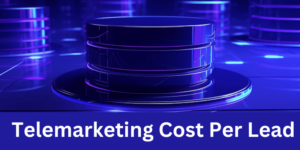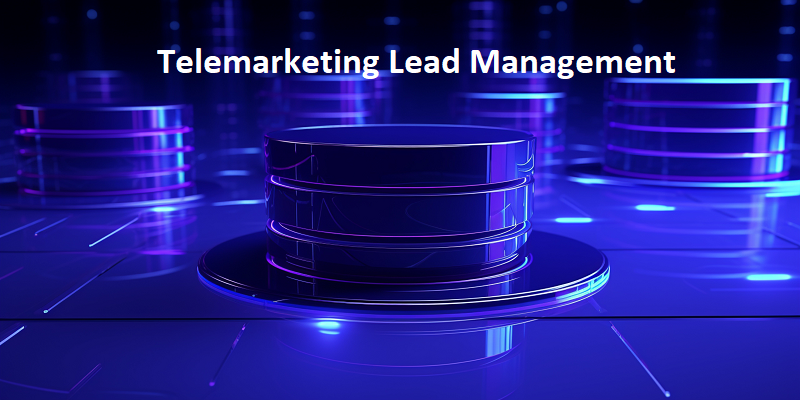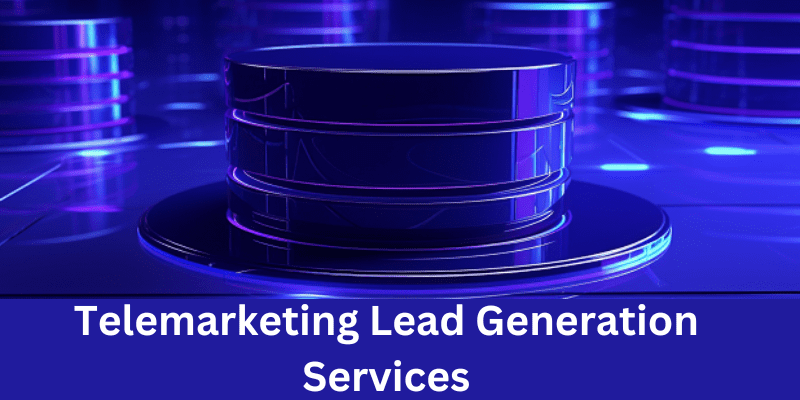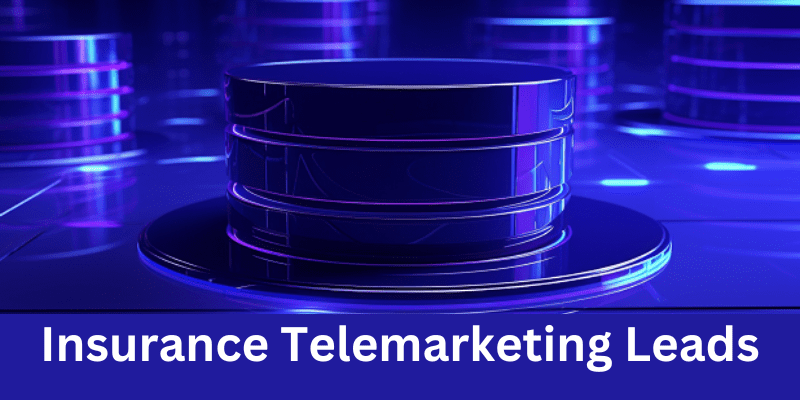In today’s competitive business environment, generating qualified leads is the lifeblood of any successful marketing strategy. However, simply attracting website visitors isn’t enough. To truly drive growth, you need well-defined lead generation marketing objectives that guide your efforts and measure your progress. This comprehensive guide equips you with the knowledge and tools to craft powerful lead generation marketing objectives, ensuring your campaigns are laser-focused on achieving tangible results.
We’ll delve into:
- Understanding Lead Generation Objectives: Explore the importance of setting clear objectives and their role in lead generation success.
- Defining Your Ideal Customer: Identify your target audience and their specific needs to formulate relevant objectives.
- The SMART Framework: Learn about the SMART framework for creating clear, measurable, and achievable lead generation objectives.
- Aligning Objectives with the Marketing Funnel: Discover how to set objectives for different stages of the marketing funnel, nurturing leads towards conversion.
- Examples of Effective Lead Generation Marketing Objectives: Explore diverse examples across various industries and marketing channels.
- Tracking and Measuring Progress: Learn how to track key metrics and analyze data to ensure your objectives are being met.
Why Objectives Matter: The Roadmap to Success
Lead generation marketing objectives serve as the Telemarketing Cost Per Lead roadmap for your campaigns, providing a clear direction and ensuring your efforts are aligned with overall business goals. Here’s why they are crucial:
- Focus and Alignment: Objectives help keep your marketing efforts focused on attracting and converting qualified leads.
- Measurable Success: Clearly defined objectives enable you to track progress and measure the effectiveness of your lead generation campaigns.
- Resource Allocation: Objectives guide the allocation of resources, ensuring your budget and team efforts are invested in the most impactful activities.
- Improved ROI: By aligning your marketing activities with measurable objectives, you can optimize your campaigns for a higher return on investment (ROI).
Knowing Your Audience: Crafting Your Ideal Customer Profile
The foundation for setting effective lead generation marketing objectives lies in understanding your ideal customer profile. Here’s how to define your target audience:
- Demographics: Consider factors like age, income, location, job title, and education level.
- Needs and Pain Points: Identify the specific challenges and frustrations faced by your target audience.
- Buying Behavior: Analyze how your ideal customer typically researches and makes purchasing decisions.
- Online Behaviors: Understand their online behavior, including preferred websites, social media platforms, and content consumption habits.
The SMART Framework: Setting Powerful Objectives
The SMART framework provides a structured approach to crafting clear and achievable lead generation marketing objectives. Here’s what each element entails:
- Specific: Your objective should be specific and clearly define what you want to achieve.
- Measurable: Quantify your objective whenever possible, allowing you to track progress and measure success.
- Attainable: Ensure your objective is ambitious yet achievable, motivating your team and fostering a culture of success.
- Relevant: Align your objectives with your overall business goals and target audience.
- Time-Bound: Set a realistic timeframe for achieving your objective, creating a sense of urgency and accountability.
Aligning Objectives with the Marketing Funnel: A Nurturing Approach
Lead generation is a journey, not a destination. Here’s how to set objectives for different stages of the marketing funnel:
- Awareness Stage: Focus on objectives that increase brand awareness and attract potential customers to your offerings.
- Example Objective: Increase website traffic by 20% through content marketing efforts within Q3.
- Consideration Stage: Nurture leads who are aware of your brand and encourage them to learn more about your solutions.
- Example Objective: Generate 100 qualified leads by offering a free downloadable white paper in Q4.
- Decision Stage: Convert qualified leads into Crafting Clarity: Designing a User-Friendly paying customers by showcasing the value proposition and addressing any remaining concerns.
- Example Objective: Achieve a 15% conversion rate from leads to paying customers within the next business quarter.
Inspiration Through Examples: Effective Lead Generation Marketing Objectives
Here are some examples of effective lead generation marketing objectives across various industries and marketing channels:
- E-commerce: “Increase the number of qualified leads from social media by 30% within the next 6 months, resulting in a 10% growth in online sales.”
- B2B Software Company: “Generate 50 qualified leads per month through targeted LinkedIn Ads, leading to 10 new customer demos.”
- Financial Services: “Increase email newsletter subscribers by 25% in Q3 through a series of educational blog posts and targeted email campaigns.”






